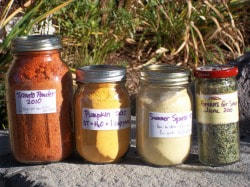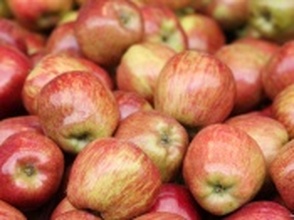This is the LAST week in the get-3-months'-supply program! Next week we'll begin the long-term-storage foods.
Did you know that many fresh vegetables can be stored for months at a time? The USU Extension Office has multiple articles and helps. This particular article addresses what to do at the end of the garden season for tomatoes, winter squash, onions, and potatoes
"With the first frost just around the corner, many people harvest and store their produce for later use. Many fruits and vegetables can be canned, pickled, dried or frozen. Another option is to store them fresh. Consider this information." See here for the details.
"...Other crops such as apples, pears, cabbage, celery, carrots and parsnips can be stored for an extended period of time. The following fact sheets can be accessed online, and both provide useful information. For a brief overview, visit http://www.ext.colostate.edu/Pubs/Garden/07601.html. For a more complete look at home food storage, see the USU bulletin at http://extension.usu.edu/files/publications/publication/FN_502.pdf"































 RSS Feed
RSS Feed